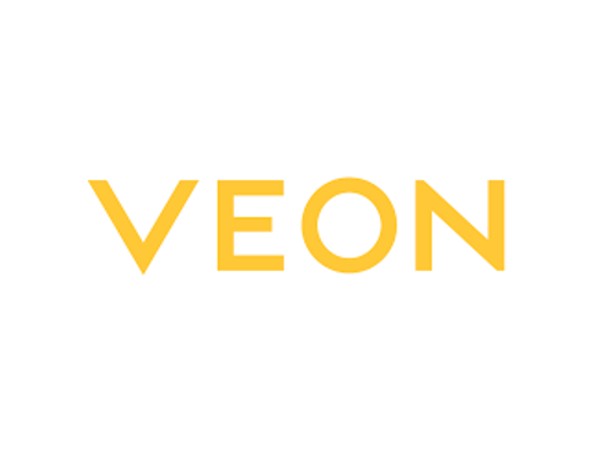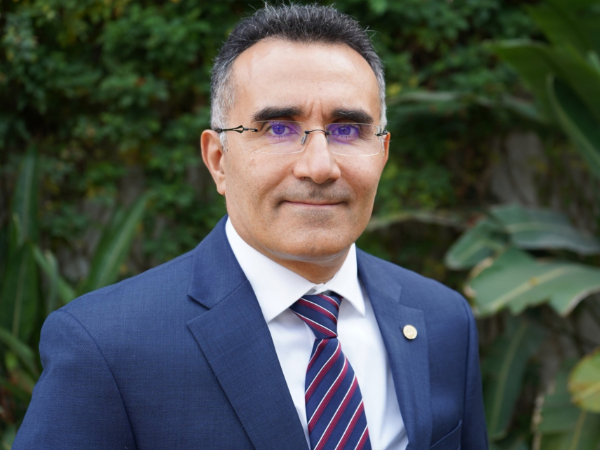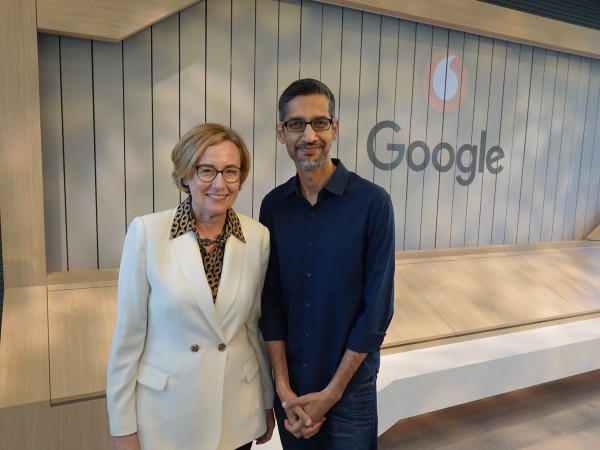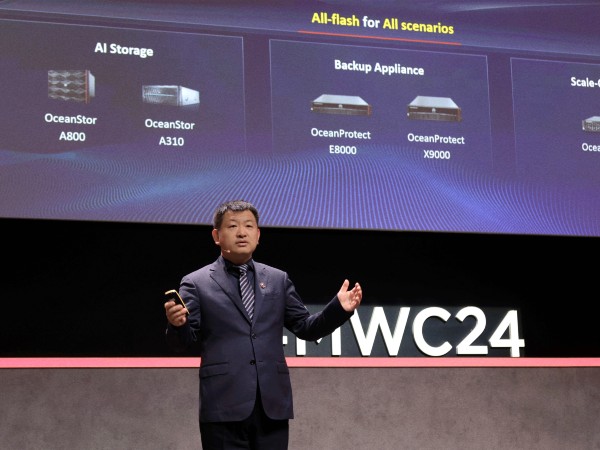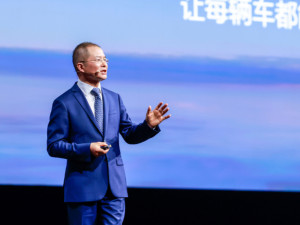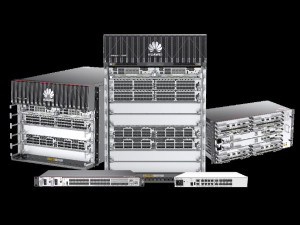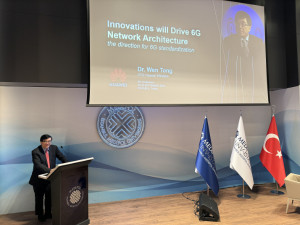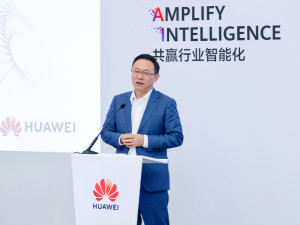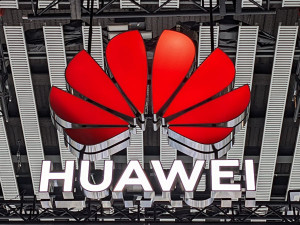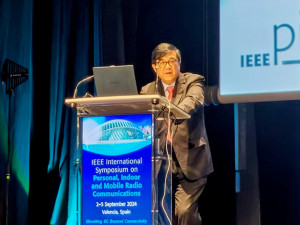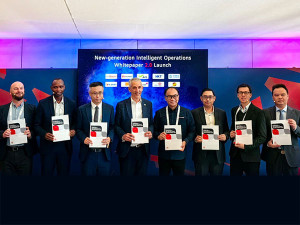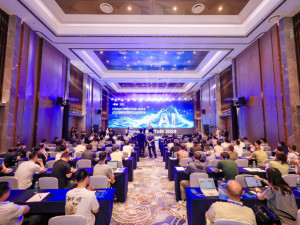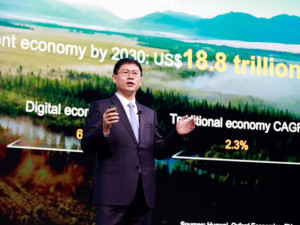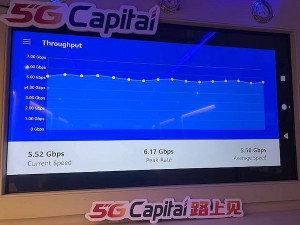Huawei President of Data Storage Product Line, Peter Zhou (pictured), urged the telecoms industry to utilise efficient data infrastructure to effectively leverage AI to bolster their operations.
At Mobile World Congress 2024 Barcelona, Zhou took the stage to emphasise how the ultimate goal of AI is to achieve general intelligence. This enables AI to “independently learn, understand, reason, innovate, and solve problems” to be tapped into by the industry.
“The more data we have, the more information, samples, and features can be used to train the AI model. The more the model learns, the better its generalisation ability becomes.
"In addition to quantity though, we must also look at quality. The more accurate, reliable, relevant, and valuable our data, the more reliable our model input. This improves the availability and reliability of models. This is how data determines the power of AI,” said Zhou.
To extract the right materials from data, so-called AI data factories have to be used to aggregate the data for value mining, but this also brings bigger demand on data mobility, said the Huawei president.
The industry also requires advanced data storage as it becomes more of a core asset to operators, with the average retention of data being now a minimum of three years, and the amount of permanent corpus data is increasing.
Zhou pointed to Huawei’s AI Data Lake Solution and talked up its ability to turn mass data into valuable assets and accelerate the AI service process. The solution is able to provide a unified storage resource pool with a high-performance layer and a high-capacity layer. It can also use data fabric to collect mass data across vendors, regions and systems. Next is a data tool chain which converts data into insight automatically. Finally, Data Lake has a management platform for enterprise-level global asset management and control.
The executive then pointed to key software capabilities that can transform data centres into data factories.
The first is Data Fabric, a global file systems can provide unified data view and achieve global data visibility, manageability, and mobility. Mobility in particular can be three times more efficient. Additionally, Data Fabric enables intelligent tiering of hot, warm, and cold data which reduces storage TCO by 70%.
The second software capability he pointed out was eDataMate, which can covert data into knowledge across the entire AI process. It uses 30 built-in scenario-based intelligent cleaning operations that are dedicated to instruction data generation algorithms, to allow one-stop knowledge generation. This software reduced data pre-processing from months to days, improves efficiency and accelerates large AI model training.
Zhou then showcased OceanStor A800, a NAS all-flash storage that supports expansion of performance and capacity for larger AI models. It is able to scale up 1,024 computing cards and support real-time hyper-cluster scheduling. OceanStor A800 uses SmartMatrix Pro's data and control plane separation architecture, enabling it to transfer interface modules to disks and bypass bottlenecks that are created by CPUs and memory. Zhou claimed this means the A800 can deliver 10 times higher performance than traditional storage and 24 million input/output operations per controller enclosure.
The Huawei executive then unveiled all-flash backup appliances OceanProtect X9000 and OceanProtect E8000. Zhou claimed Huawei has bested rivals with these products in four aspects. First is 108:1 backup data reduction ratio, 99.9% ransomware detection rate, 130TB per hour backup recovery and compatibility with traditional and emerging apps such as database, container, big data, and large AI model apps.
Continuing the slew of product announcements, Zhou launched the OceanStor Arctic, which is designed for mass cold data. It uses magneto-electric storage media and encapsulates them in disks that are ideal for standard data centres as they are not affected by high temperatures and humidity. Compared to older tape library, migrating data from magneto-electric storage cabinets only takes 12 days instead of 150 days. It also can save “significantly” on opex as it only consumes 10% of the energy from HDD storage.
Zhou rounded off his presentation with the release of eSphere, a virtualisation programme that outperforms competitors by 30% in VM IOPS performance, and achieve zero RPO, claimed the executive. It requires only two nodes for start-up and reduces capex by 30% by using block-building architecture. As well as traditional storage services, it uses components such as eDataInsight and ModelMate to provide big data, AI, and backup services.
“I'm pleased to announce the official release of Huawei AI Data Lake Solution, All-Scenario Data Protection Solution, and DCS Full-Stack Data Center Solution. We will keep innovating more all-flash storage products to fit all-scenario needs of carriers,” said Zhou.



